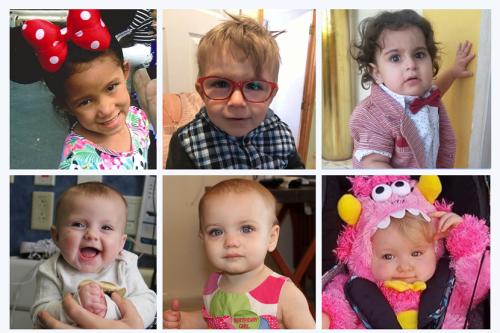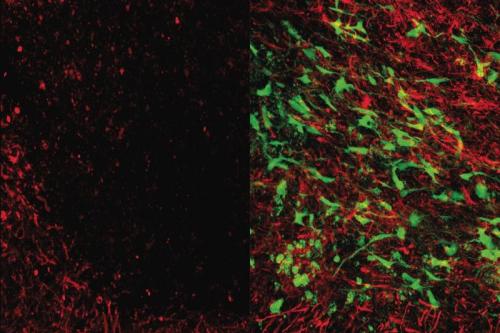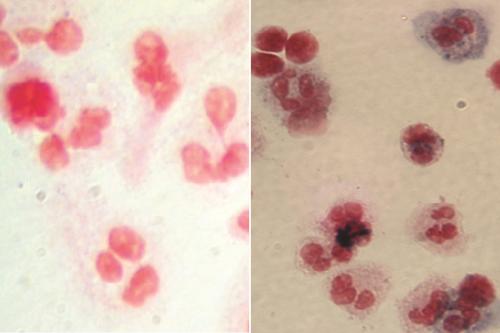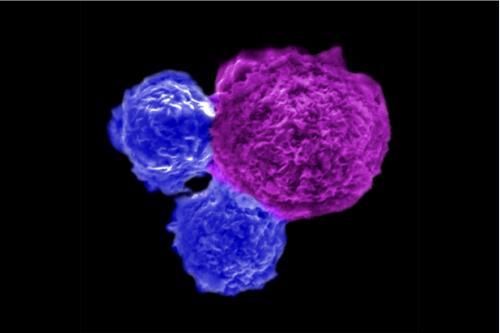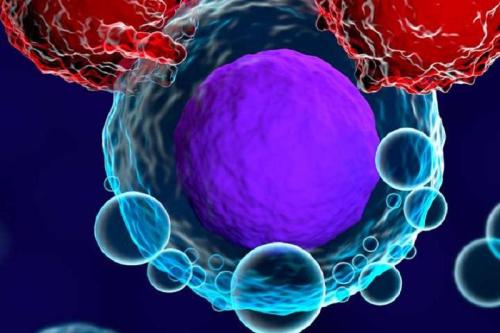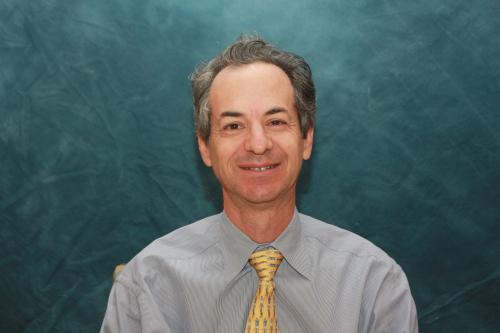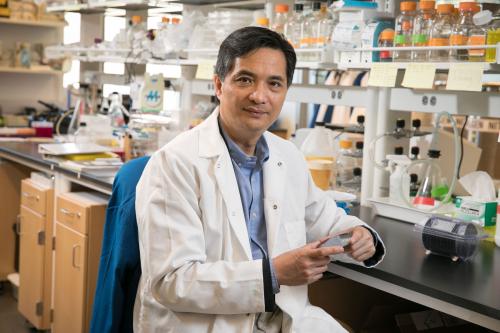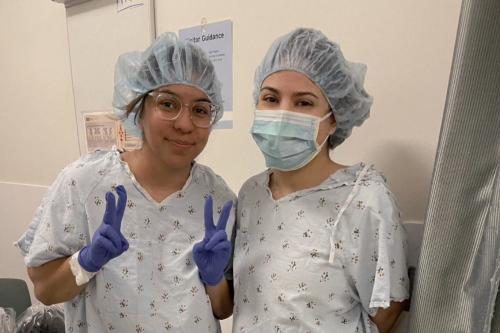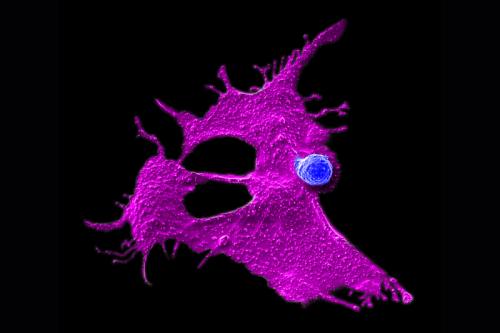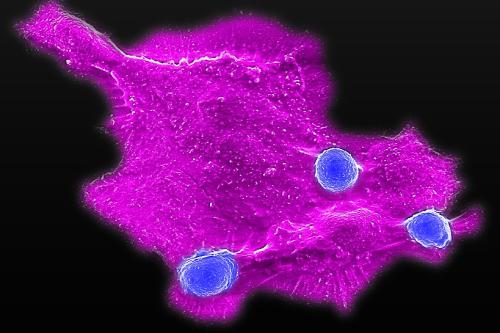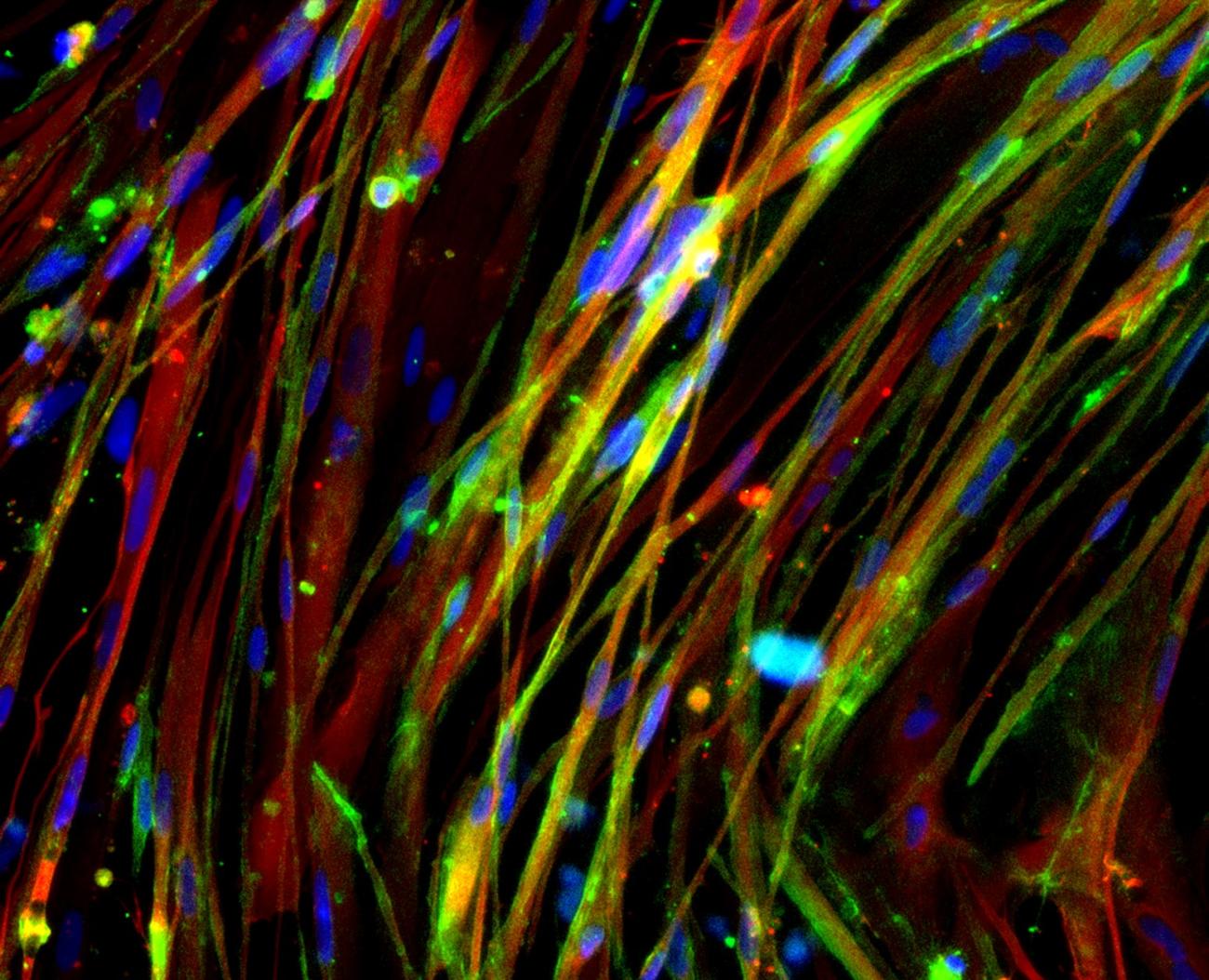
Cell & Gene Therapy
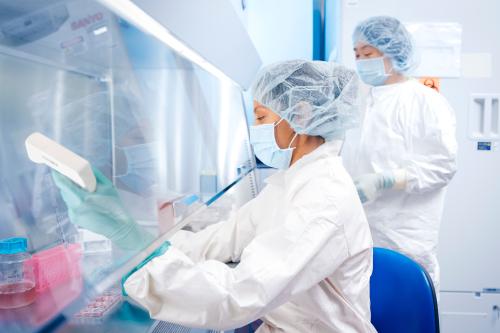
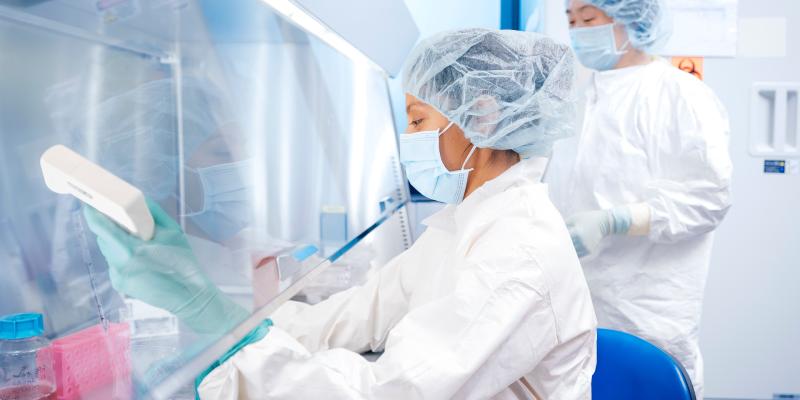
Overview
Cell and gene therapies are transforming how we treat a host of diseases that were once thought to be incurable. Our scientists are committed to unlocking the enormous potential of this new class of “living drugs” by translating their foundational knowledge about stem cells Cells that have the ability to differentiate into multiple types of cells and make an unlimited number of copies of themselves. stem cells Cells that have the ability to differentiate into multiple types of cells and make an unlimited number of copies of themselves. and human development into life-saving therapies. Their work is already resulting in successful treatments in clinical trials and more therapies in the pipeline for conditions ranging from sickle cell disease to blinding eye diseases.
Cell therapies introduce new healthy cells into a patient’s body to replace cells and tissues that have been lost or damaged by age, injury or disease. Center members are pursuing cell therapy methods that use a patient’s own stem cells to address heart damage, neurodegenerative diseases, spinal cord injuries and myriad other conditions. In cases where damage to patients’ cells and tissues is the result of mutated or missing genes, gene therapies can replace, modify or correct faulty genes to treat the underlying causes of disease. These novel therapies can address a range of inherited conditions including cystic fibrosis Excessive scarring within an organ due to disrupted healing. It can lead to organ dysfunction and is associated with conditions like chronic kidney disease, liver cirrhosis and heart failure. fibrosis Excessive scarring within an organ due to disrupted healing. It can lead to organ dysfunction and is associated with conditions like chronic kidney disease, liver cirrhosis and heart failure. and muscular dystrophies.
Our researchers are also innovating approaches that combine gene and cell therapy techniques. Center member Donald Kohn, M.D., has been developing therapies of this kind to treat genetic blood and immune disorders such as sickle cell disease for over 30 years. While advancing several of these therapies through clinical trials, he and his center collaborators are working to enhance and adapt these therapeutic approaches to treat a wider array of diseases.
Our Goals
- Develop and clinically advance gene therapy A technique that uses a gene or gene(s) to prevent, treat or cure a disease or disorder. Most gene therapies work by adding a healthy version of a gene to replace one that is defective or missing into the genome of particular cells. Some of these therapies use viral vectors to deliver genes into target cells. gene therapy A technique that uses a gene or gene(s) to prevent, treat or cure a disease or disorder. Most gene therapies work by adding a healthy version of a gene to replace one that is defective or missing into the genome of particular cells. Some of these therapies use viral vectors to deliver genes into target cells. and gene editing A type of gene therapy that works by delivering genetic material that can directly edit pieces of DNA within a cell. This changes the instructions the DNA encodes for, which ultimately results in an increase or decrease in the production of a certain protein and the restoration of proper cell function. gene editing A type of gene therapy that works by delivering genetic material that can directly edit pieces of DNA within a cell. This changes the instructions the DNA encodes for, which ultimately results in an increase or decrease in the production of a certain protein and the restoration of proper cell function. approaches to treat rare genetic immune disorders including adenosine deaminase–deficient severe combined immunodeficiency, X-linked chronic granulomatous disease and leukocyte adhesion deficiency-I
- Advance stem cell-based therapies that repair brain damage and improve memory function to help patients recover from strokes and dementia
- Develop gene and cell therapies for rare metabolic disorders, which often result in severe intellectual disability or early postnatal death
- Develop and clinically advance gene therapy and gene editing approaches to treat sickle cell disease
- Develop stem cell-engineered, off-the-shelf A type of "universal" cell therapy that can safely be used in any person. These experimental therapies rely on healthy donor cells that — either due to their unique properties or thanks to genetic modification — do not carry the risk of being rejected by patients' immune systems. Because these therapies do not have to be manufactured on a patient-specific basis, they can benefit more patients and reach them in a faster, more cost-effective way. off-the-shelf A type of "universal" cell therapy that can safely be used in any person. These experimental therapies rely on healthy donor cells that — either due to their unique properties or thanks to genetic modification — do not carry the risk of being rejected by patients' immune systems. Because these therapies do not have to be manufactured on a patient-specific basis, they can benefit more patients and reach them in a faster, more cost-effective way. immune cell therapies to treat multiple myeloma, glioblastoma and other blood cancers and solid tumors
- Create stem cell-based therapies that repair damage caused by blinding eye diseases, muscular dystrophies, spinal cord injuries and intestinal conditions
- Develop a gene therapy for cystic fibrosis Excessive scarring within an organ due to disrupted healing. It can lead to organ dysfunction and is associated with conditions like chronic kidney disease, liver cirrhosis and heart failure. fibrosis Excessive scarring within an organ due to disrupted healing. It can lead to organ dysfunction and is associated with conditions like chronic kidney disease, liver cirrhosis and heart failure. that uses nanotechnology to reach disease-affected airway stem cells Cells that have the ability to differentiate into multiple types of cells and make an unlimited number of copies of themselves. stem cells Cells that have the ability to differentiate into multiple types of cells and make an unlimited number of copies of themselves. without injuring patients’ lungs
- Improve affordability of and access to cell and gene therapies by engineering nanotechnology-based solutions for packaging and delivering gene editing reagents to patient cells
Research Highlights
Restoring immune systems
An experimental gene therapy developed by center researchers successfully treats 48 of 50 children born with ADA-SCID, a rare and deadly inherited disorder that leaves patients without an immune system.
Promoting recovery from stroke and dementia
Center members have developed a stem cell therapy that has been found to help repair brain damage and improve memory function in mice with conditions that replicate human strokes and dementia.
Gene therapy treats sickle cell disease
After receiving an experimental stem cell gene therapy for sickle cell disease at a UCLA clinical trial, Evie Junior no longer experiences debilitating pain – and 70% of his blood stem cells are free of the disease-causing gene.
Continued patient success
UCLA researchers use a stem cell gene therapy to treat a rare, inherited blood disease known as X-linked chronic granulomatous disease, or X-CGD, in nine patients, six of whom remain in remission without other treatments.
Making bone marrow transplants safer
UCLA researchers work to develop an off-the-shelf cell therapy to reduce the severity of graft-versus-host disease in people receiving donor bone marrow transplants for the treatment of blood cancers such as leukemia and lymphoma.
Effective and affordable cell therapies
Our scientists develop a strategy to engineer more powerful immune cells that could one day be used for "off-the-shelf" cell therapies for hard-to-treat cancers.
